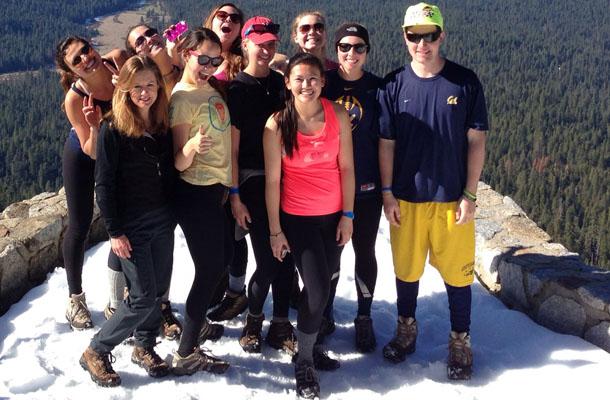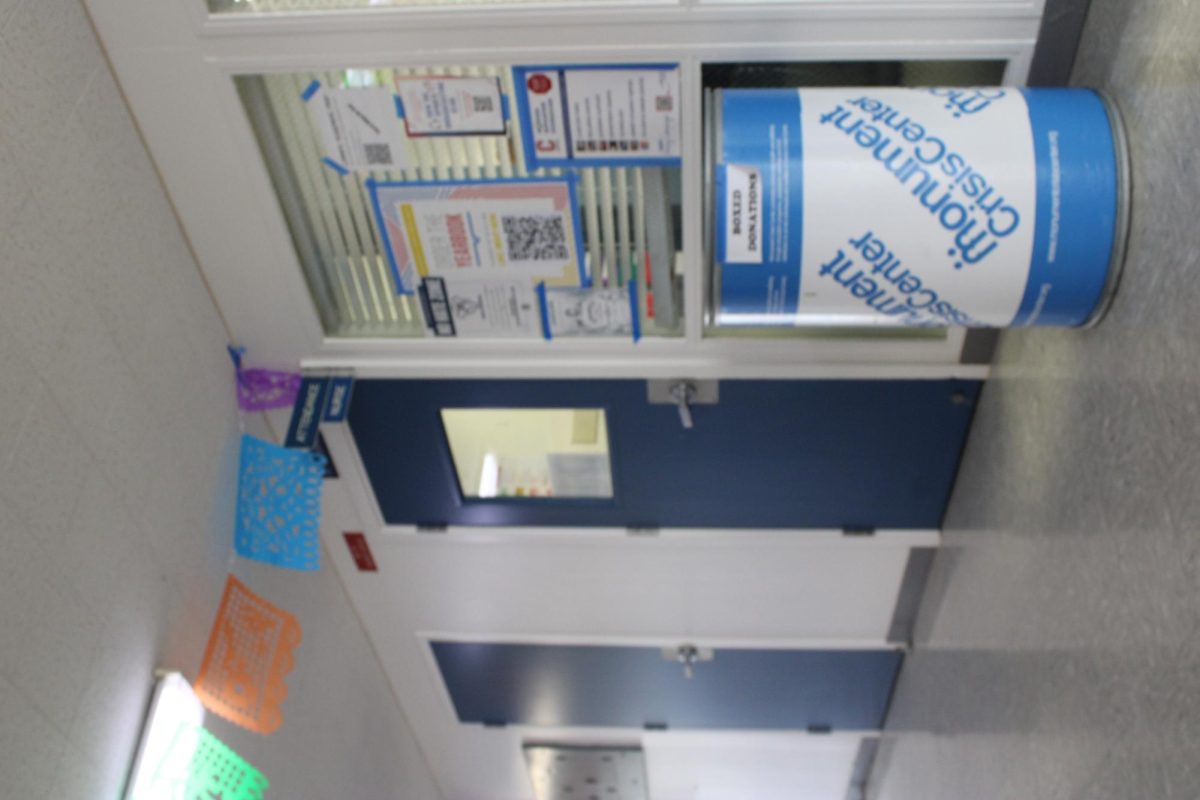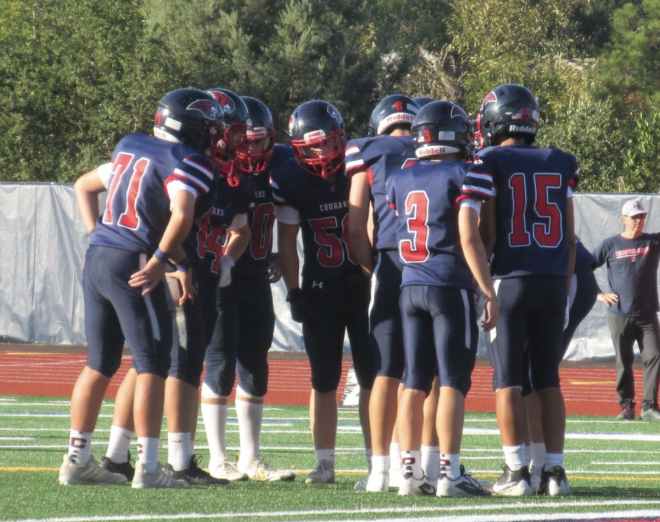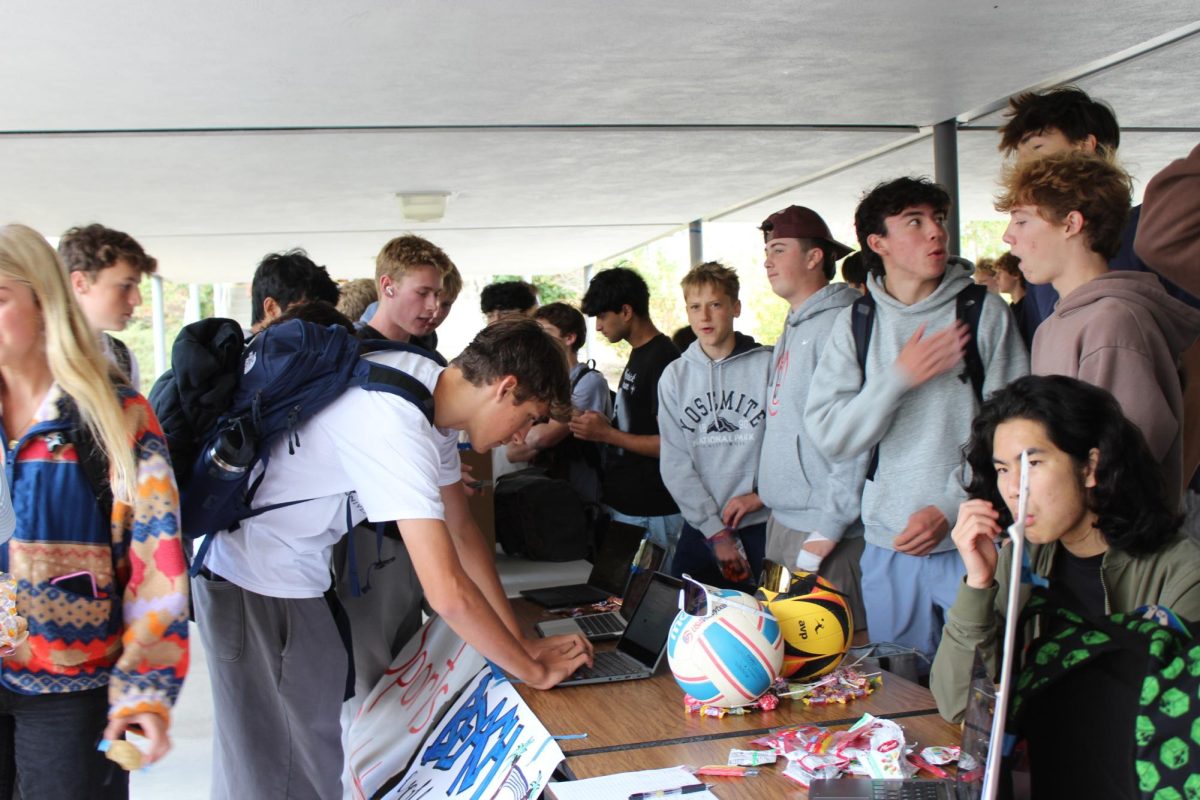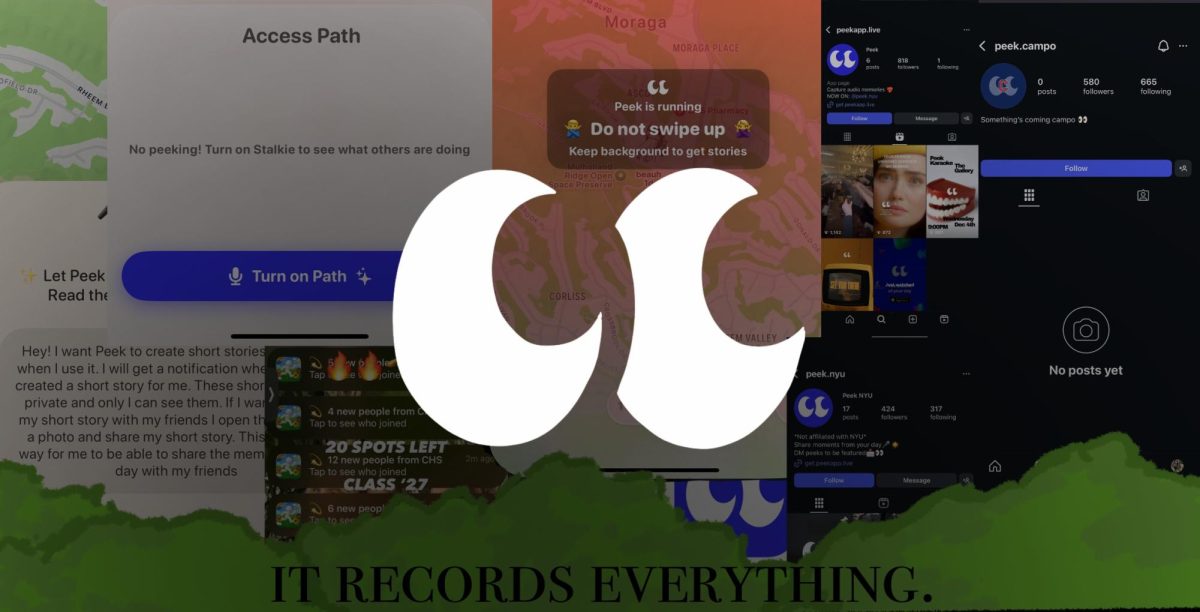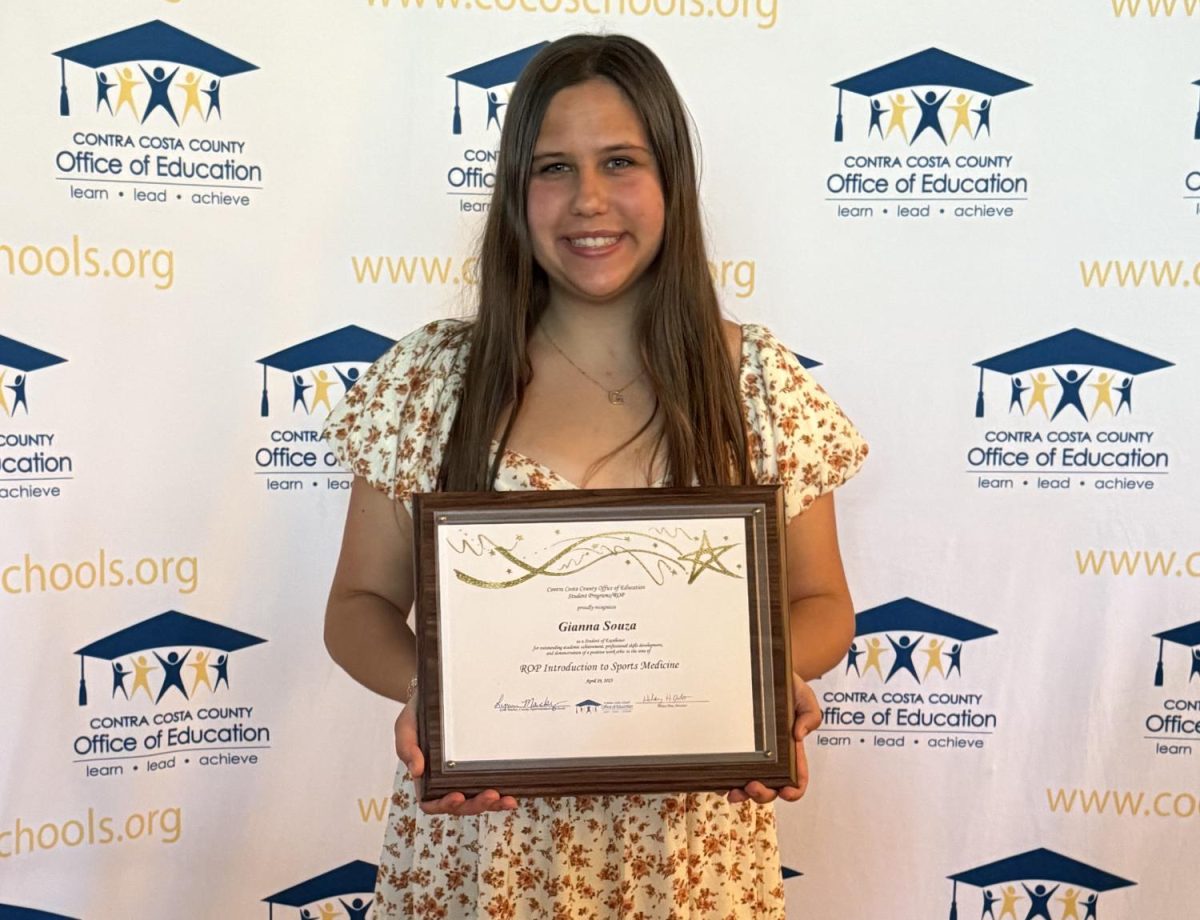42 students faced the elements in the annual field trip to Yosemite National Park during the last week of January. Students spent time in the wilderness hiking, snowshoeing, and learning about their natural surroundings.
Though based on the Geology course curriculum, the trip was open to all students, according to science teacher Jane Kelson. The activities were led by park guides, including veteran climbers. Senior Joelle Alley said, “Our guide was Mark, and he’s climbed El Capitan. He’s over fifty and still doing these difficult hikes, so it was great spending time with someone who knew so much about the park.”
After a 4 hour bus ride, students reached Yosemite just as snow started covering the valley. “It made hiking a little trickier. You had to be careful not to slip,” said senior Conner Doyle. The snow also made snowshoeing difficult. Alley said, “We had to walk through these huge snow drifts, and if there was a drop you could fall and twist your knee or ankle, which was really scary.”
On their first full day at Yosemite, students hiked to the Bear Caves, a series of small caves and openings. “It got pretty dark, so we had to communicate and tell people what was ahead of them,” said Doyle. The excursion was followed by an “eco-debate” on renewable energy.
The following day, the students climbed up the Sentinel Dome, a sheer face 10,000 feet tall. “I liked reaching the top of the Eagle’s Nest, which is on Sentinel,” said Doyle. Other excursions included a 10-mile hike to a waterfall and a 12-mile hike to Mariposa Sequoia Grove.
For some, snowshoeing through the Grove was one of the most memorable experiences. “We got to walk through the snow surrounded by these huge sequoia trees,” said Alley. These trees, believed to be over 3,000 years old, are among the largest living organisms on earth. “Even though we live in a place with hills and forests around us, it’s so easy to forget. Being so immersed in nature gives you a chance to look around,” she said.
Math teacher Petro Petreas believes students attend the trip to experience the wilderness. “They do it do get out in nature, discover themselves, meet new people, and have a spiritual experience,” he said. One of the lessons taught during the trip is reducing human impact on the environment. “The guides are really strict. They don’t allow any garbage, even crumbs,” said Kelson.
Leaving for Yosemite on January 27, students spent the first 4 nights in a motel before moving to cabins in the woods, where they stayed until February 2. Roommates were assigned randomly. “You got to spend a lot of time with people you wouldn’t normally spend time with,” said Alley. “I learned a lot about people I didn’t really know before this trip.”
Science teacher Roxanna Jackman thinks that one of the greatest benefits of the trip is the camaraderie generated between the students. “They learn about people they never really knew and create a real sense of community,” she explained.
